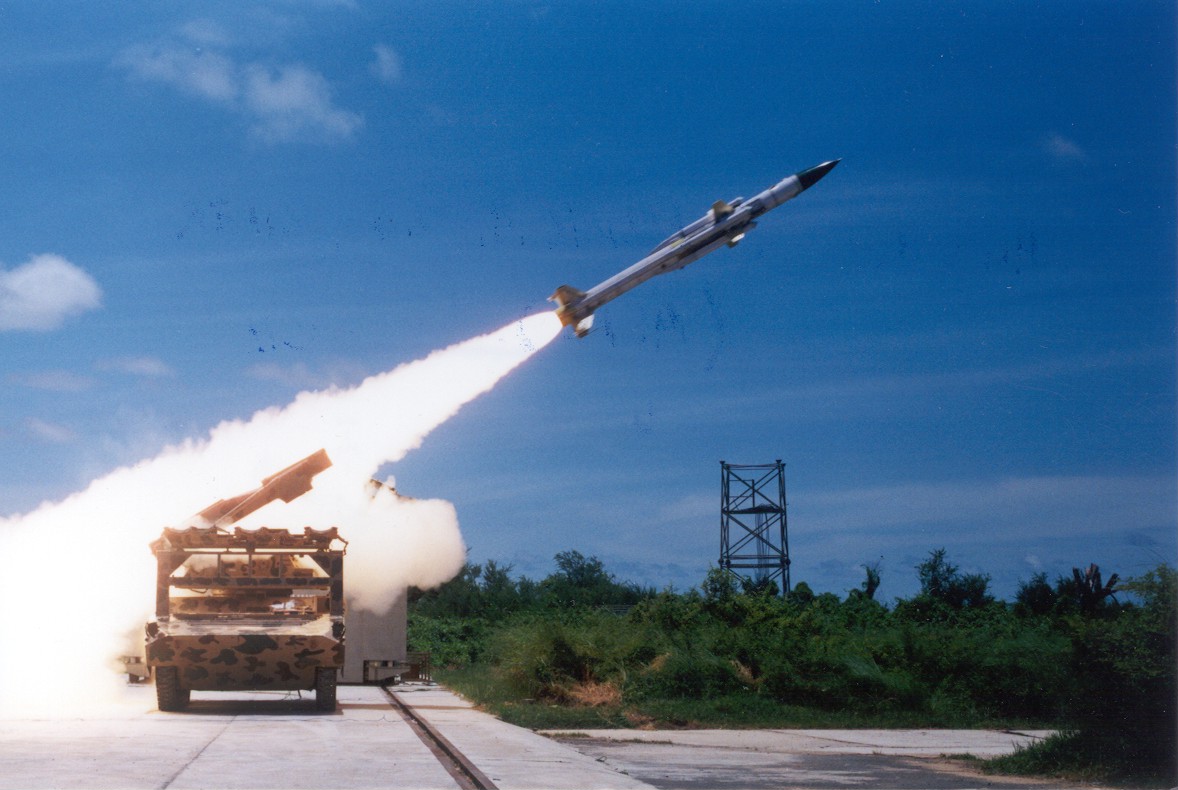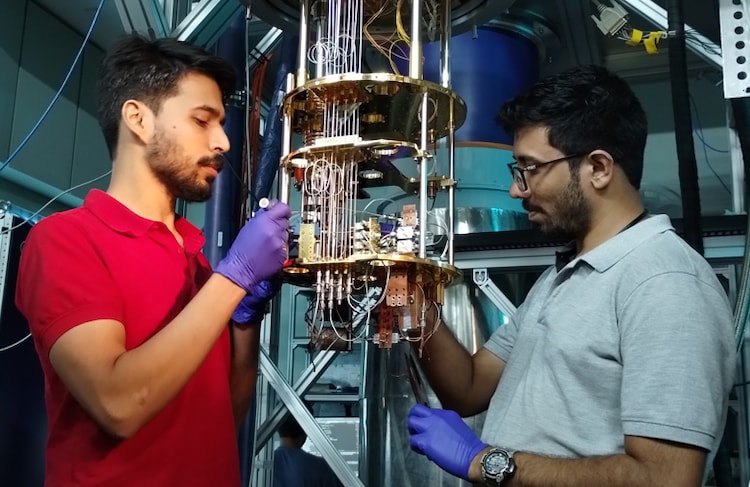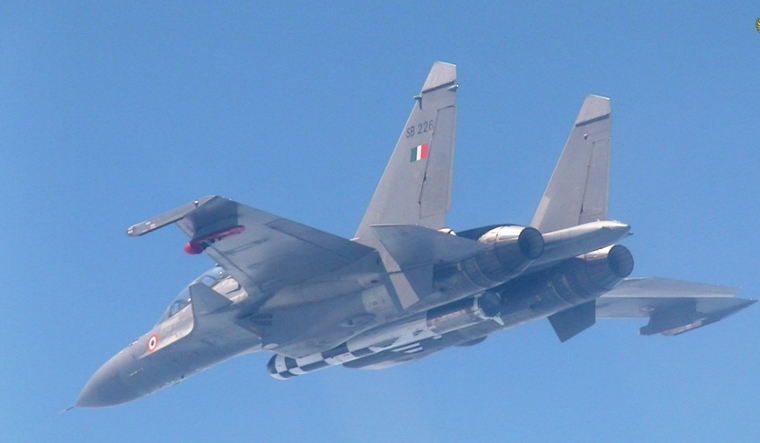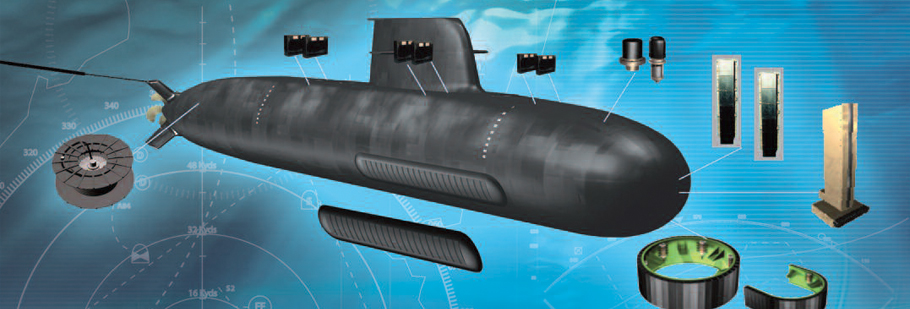SOURCE: AFI

The Defence Research and Development Organisation (DRDO) has made a bold assertion, claiming it can now develop any type of missile system within a timeframe of just three to four years. This includes air-to-air, ground-to-air, and air-to-ground missile systems.
DRDO Chairman Samir V Kamat attributed this accelerated development capability to the growing prowess of local industries, which have been instrumental in reducing the time spent on developmental trials. This strategic partnership between DRDO and Indian companies is seen as a game-changer in the country’s defense sector.
Continue readingSOURCE: AFI

Bharat Electronics Limited (BEL), a leading Indian defence electronics company, has made a significant announcement in its annual report. The company is set to embark on the development of an X-band GaN radar. This development marks a crucial step forward in India’s indigenous radar technology capabilities.
GaN (Gallium Nitride) technology is renowned for its ability to deliver higher power output, improved efficiency, and enhanced thermal management compared to traditional semiconductor materials. When integrated into radar systems, GaN offers significant advantages in terms of range, accuracy, and reliability.
Continue readingSOURCE: AFI

The Indian Air Force (IAF) has recently unveiled a poster showcasing its elite Air Headquarters Communication Squadron, more famously known as ‘Pegasus’. This specialized unit plays a pivotal role in India’s aviation landscape, dedicated to the safe and secure transportation of the nation’s highest dignitaries.
Originally formed as the Air Headquarters Communication Squadron (RIAF) during the British Raj, it was rechristened as the Air Headquarters Communication Squadron (IAF) upon India’s independence. The squadron’s primary responsibility is the conveyance of VVIPs and VIPs, including visiting heads of state and government.
Continue readingSOURCE: AFI

Allan Sonsteby, Executive Director of the Applied Research Laboratory at Penn State University, recently visited the Office of Naval Research in India. His visit underscored the growing collaboration between U.S. and Indian research institutions, with a focus on advancing cutting-edge science and technology.
During his visit, Sonsteby engaged with leading Indian institutions, including IIT Delhi, IIT Madras, and IISc Bengaluru, known for their pioneering research in various fields. These interactions are expected to pave the way for deeper scientific cooperation and knowledge exchange between the two countries.
Continue readingSOURCE: IDRW.ORG TEAM

William L. Blair, Vice President & Chief Executive of Lockheed Martin India, recently highlighted a significant advantage that the F-21 fighter jet could offer to the Indian Air Force (IAF) as part of the Multi-Role Fighter Aircraft (MRFA) tender. The F-21, Lockheed Martin’s advanced version of the F-16V, is powered by the General Electric F110-GE-129 afterburning turbofan engine. This engine, Blair noted, could provide an added edge due to the IAF’s existing familiarity with General Electric’s engines, specifically the F404 and F414 engines that power India’s Tejas Mk1A and MkII fighter jets.
Although the F110-GE-129 engine is not directly based on the F404 and F414 engines, Blair emphasized that the growing General Electric (GE) supply chain in India, which is being developed to maintain and support the F404 and F414 engines, will play a crucial role. This supply chain infrastructure will enable India to manage and maintain the F110-GE-129 engines more effectively within the country, reducing reliance on external support and enhancing operational efficiency.
Continue readingSOURCE: IDRW.ORG

Velmenni, a frontrunner in Li-Fi (Light Fidelity) technology, has secured a substantial grant from the Ministry of Defence (MoD) under the iDEX initiative. This funding marks a significant step towards revolutionizing secure wireless communication for the Indian Navy, particularly in addressing the unique challenges faced in modern warfare.
The iDEX program serves as a launchpad for innovation within India’s defense sector. By fostering the integration of cutting-edge technologies like Velmenni’s Li-Fi, this initiative aligns perfectly with national ambitions like Make in India, Startup India, and the Atal Innovation Mission (AIM).
Continue readingSOURCE: AFI

BrahMos Corporation has announced a significant rebranding of its upcoming BrahMos-NG (Next-Generation) air-launched cruise missile, now named the BrahMos-MA (Small Aircraft). This rebranding reflects a strategic move to better align the missile’s identity with its intended operational role and enhance its market positioning.
The BrahMos-MA represents the latest advancement in BrahMos Corporation’s missile technology. As a next-generation system, it is designed to be integrated with a variety of small aircraft, expanding its versatility and operational reach. The rebranding to BrahMos-MA underscores its tailored design for smaller platforms while retaining the formidable capabilities of the BrahMos family.
Continue readingSOURCE: AFI
Bharat Electronics Limited (BEL) is actively involved in the development of Line Replaceable Units (LRUs) for the DARIN-III (Display Attack Ranging Inertial Navigation) upgraded Jaguar fighter jets of the Indian Air Force (IAF). This initiative is part of the broader effort to enhance the operational capabilities of the aging Jaguar fleet, ensuring they remain combat-effective and mission-ready for years to come.
The DARIN-III upgrade is a significant modernization program aimed at extending the service life of the Jaguar fleet, which has been a cornerstone of the IAF’s ground-attack capabilities for decades. The upgrade includes a new avionics suite, advanced navigation and targeting systems, and improved weapons integration, transforming the Jaguars into more capable and reliable platforms.
Continue readingSOURCE: AFI

India is poised to make a significant stride in the realm of quantum computing. The Tata Institute of Fundamental Research (TIFR) in Mumbai is on the brink of finalizing the country’s first quantum computer. This monumental achievement is a testament to the relentless efforts of the Quantum Measurement and Control (QuMaC) lab, established 12 years ago with the specific aim of tackling the complex challenges inherent in quantum system development.
Led by Dr. R. Vijayaraghavan, QuMaC views this initial quantum computer as a pivotal stepping stone for India’s foray into the burgeoning field of quantum technology. “This is our entry point into the game,” he emphasizes.
Continue readingSOURCE: AFI

In a dramatic and unprecedented move, Indian national Nikhil Gupta has granted his first-ever interview from a US prison, asserting his innocence and alleging that his case is a politically motivated scheme intended to influence elections in India. Gupta, who has been detained in New York since his extradition from Prague in June last year, is facing charges related to an alleged assassination plot against Khalistani terrorist Gurpatwant Singh Pannun.
Gupta was apprehended by the Federal Bureau of Investigation (FBI) in Prague and subsequently extradited to the United States, where he stands accused of involvement in a conspiracy targeting Pannun, a figure proscribed in India since 2019. The charges against him have been a subject of intense scrutiny and controversy, with Gupta now claiming that he has been unjustly accused and mistreated.
Continue readingSOURCE: RAUNAK KUNDE / NEWS BEAT / IDRW.ORG

The Royal Malaysian Air Force (RMAF) has expressed keen interest in acquiring India’s BrahMos Air Launched Cruise Missile (ALCM) to bolster its Sukhoi-30MKM fighter fleet. The Mach 3 capable missile, with a range of 290 kilometers, will come as a significant upgrade for the RMAF’s Naval strike capabilities.
However, integrating the BrahMos ALCM into the Su-30MKM platform is not a straightforward process. The Indian Air Force (IAF)’s Su-30MKI had to undertake a complex structural hardening process for its aircraft before carrying the 2.5-ton missile. This involved extensive modifications to the aircraft’s airframe to withstand the immense launch forces.
Continue readingSOURCE: RAUNAK KUNDE / NEWS BEAT / IDRW.ORG

India’s Light Combat Aircraft (LCA) Tejas Mk1A program faces setbacks due to supply chain constraints impacting GE Aerospace’s production of the F404 engines. While GE aims to resume deliveries of the first batch of engines next month, achieving the annual production rate of 16 engines, as per the agreement with Hindustan Aeronautics Limited (HAL), is expected to take significantly longer.
Industry sources close to idrw.org report that GE Aerospace might require an entire year to reach the contracted production rate. The company acknowledges the challenges and anticipates improvement by mid-2025, but a full capacity of 90% is not expected until the end of 2025, with normal operations resuming only in 2026.
Continue readingSOURCE: RAUNAK KUNDE / NEWS BEAT / IDRW.ORG

The Indian Air Force (IAF) is set to breathe new life into its fleet of Mi-26 heavy-lift helicopters after years of grounding. The once-mighty workhorses, essential for airlifting troops and equipment, are undergoing a comprehensive overhaul at the No. 3 Base Repair Depot (BRD) in Chandigarh, with crucial assistance from Russian engineers.
Earlier, these behemoths were to be sent to Russia for maintenance, a process marred by delays that led to their technical life expiring. To address this, the IAF opted for a domestic overhaul, leveraging the expertise of Russian Original Equipment Manufacturer (OEM) engineers on Indian soil. A meticulous process of dismantling, inspection, and replacement of worn-out components is underway, aiming to extend the helicopters’ operational life by another decade.
SOURCE: AFI

The Defence Research and Development Organisation (DRDO) is actively engaged in developing an integrated combat suite for India’s upcoming submarine programs. This revelation was made by DRDO Chairman, Dr. Samir V Kamat, in a recent interview.
The integrated combat suite represents a critical advancement in submarine technology, offering enhanced capabilities in underwater warfare, surveillance, and communication. It is expected to be a cornerstone of India’s future submarine fleet, providing a cohesive system that integrates sensors, weapons, and electronic warfare systems into a unified platform.
Continue readingSOURCE: AFI
Defence Minister Rajnath Singh is set to visit Washington later this month, a visit that could mark significant advancements in India’s defence capabilities. Singh is expected to finalize crucial technology collaboration and co-production deals during his trip, including the acquisition of armed MQ-9B drones and the co-production of GE-F414 jet engines.
The MQ-9B drones, known for their advanced surveillance and strike capabilities, are a key component of India’s efforts to bolster its unmanned aerial vehicle (UAV) fleet. These drones, equipped with precision strike capabilities, would enhance India’s ability to conduct long-range reconnaissance and targeted operations, both vital for maintaining security in the region.
Continue reading